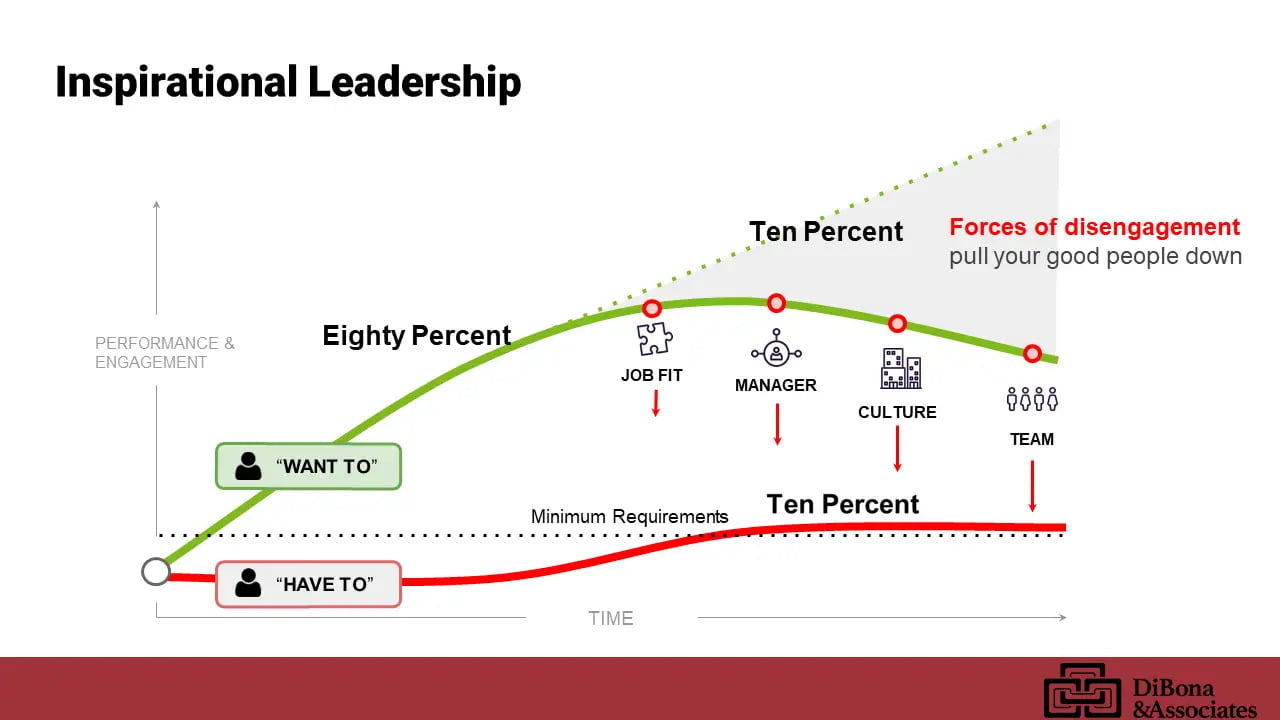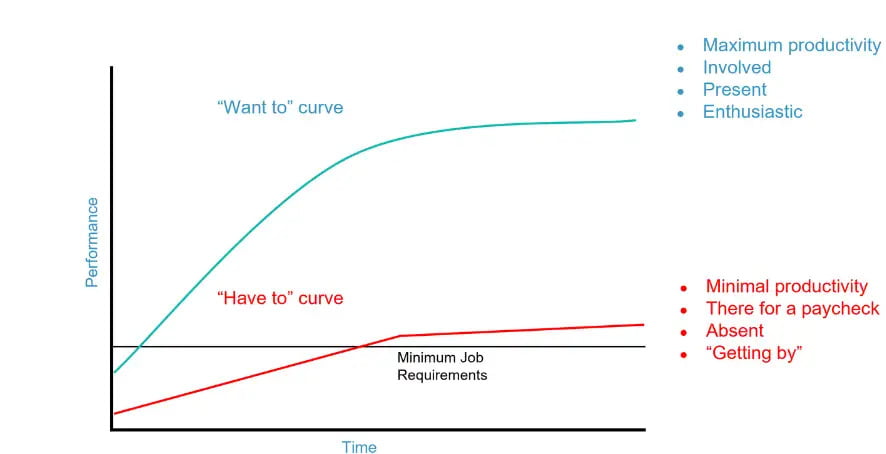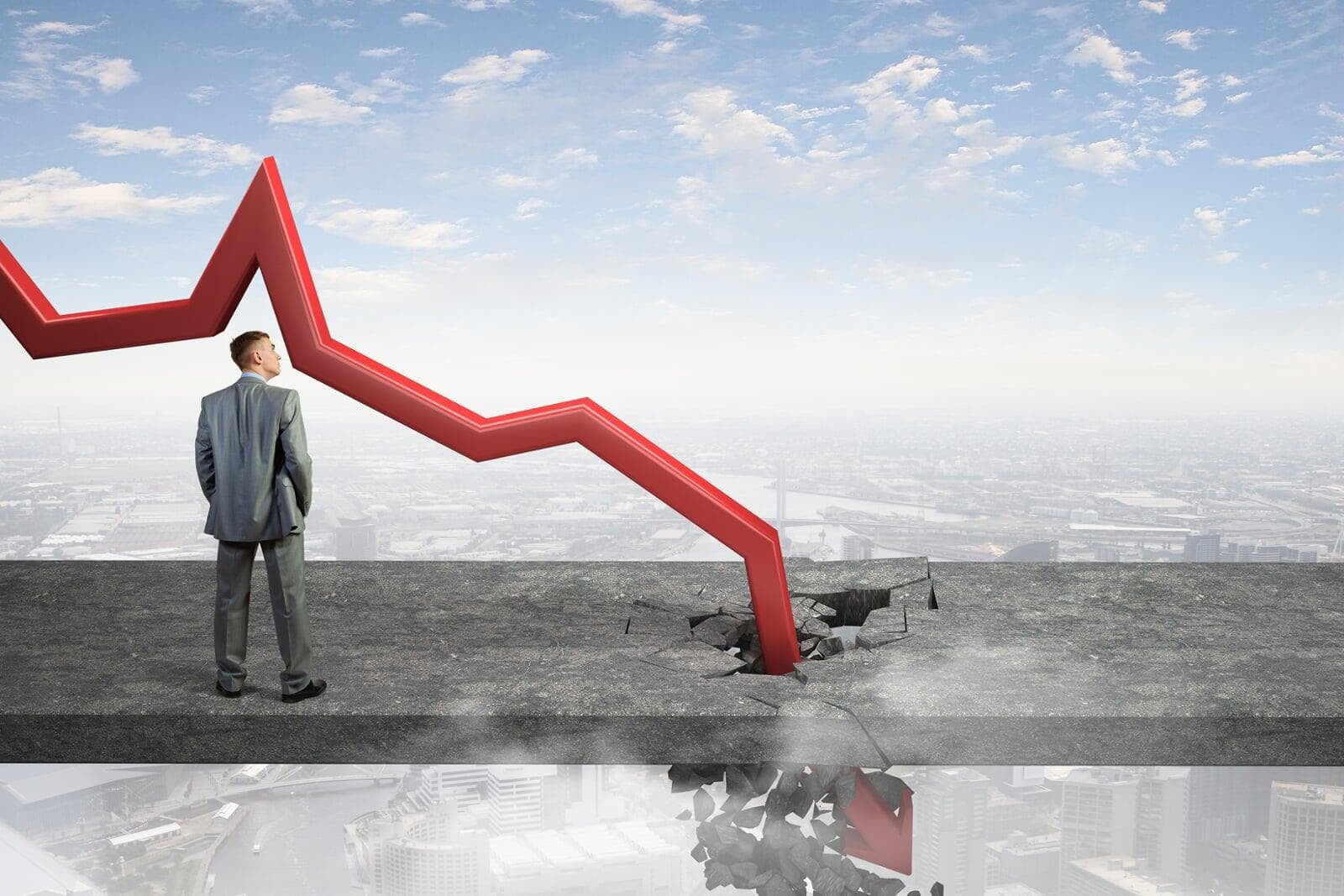Jack is responsible for the operations of a $600MM division providing specialty process equipment installation services. They work with all of the big-name Engineering & Construction firms on difficult and technology-driven capital projects.
The typical manager is caught up in a cycle of everyday work. Meetings, emails, customer interactions, finishing projects and starting new ones. Days go into weeks, weeks into months, and the endless cycle continues.
Here are five basic areas that leaders commonly overlook and can be the difference between an underperforming team and a high performing team. Which of the following would help your team?
In today’s technology-driven world many leaders overly rely on the power of e-communications and many other technologies in the daily performance of work.
A positive work culture unleashes tremendous energy. A positive work culture will unite critical teams toward the attainment of shared goals. In contrast, a dysfunctional culture cripples an organization’s productive output and drives good people to quit.
Ask yourself: Do I believe increasing employee engagement will have a hugely beneficial impact on my business outcomes? If the answer is yes, then by all means, continue reading this newsletter.
Embrace change and succeed in the fast-changing business environment of 2022. Learn about the advantages of the hybrid work model and digital overload solutions.
Many times, leaders have told me that they have a team of well-educated professionals with all of the right credentials, training, knowledge, and experience. They go on to say that while any single individual would totally impress you, the team underwhelms. Why is that?
The importance of teams in business today is undeniable. We rely on teams more than ever before. Think about your day-to-day communications – meetings, phone calls, emails, and instant messaging. We are in continuous communication with our teammates all day.
When you think about the best teams you've ever been a part of, what makes them different? Chances are that the teammates of these high-functioning teams had a strong bond of trust and accountability. They were efficient and resilient. They adapted to changes and worked smarter, not harder.









